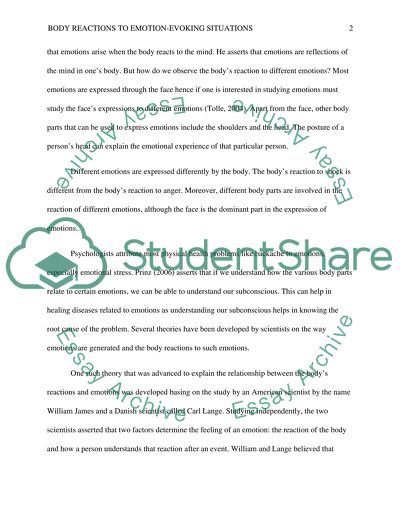Cite this document
(“Body Reactions to Emotion Evoking Situations Essay”, n.d.)
Retrieved from https://studentshare.org/anthropology/1448660-keeping-the-body-in-mind-field-based-report-
Retrieved from https://studentshare.org/anthropology/1448660-keeping-the-body-in-mind-field-based-report-
(Body Reactions to Emotion Evoking Situations Essay)
https://studentshare.org/anthropology/1448660-keeping-the-body-in-mind-field-based-report-.
https://studentshare.org/anthropology/1448660-keeping-the-body-in-mind-field-based-report-.
“Body Reactions to Emotion Evoking Situations Essay”, n.d. https://studentshare.org/anthropology/1448660-keeping-the-body-in-mind-field-based-report-.


